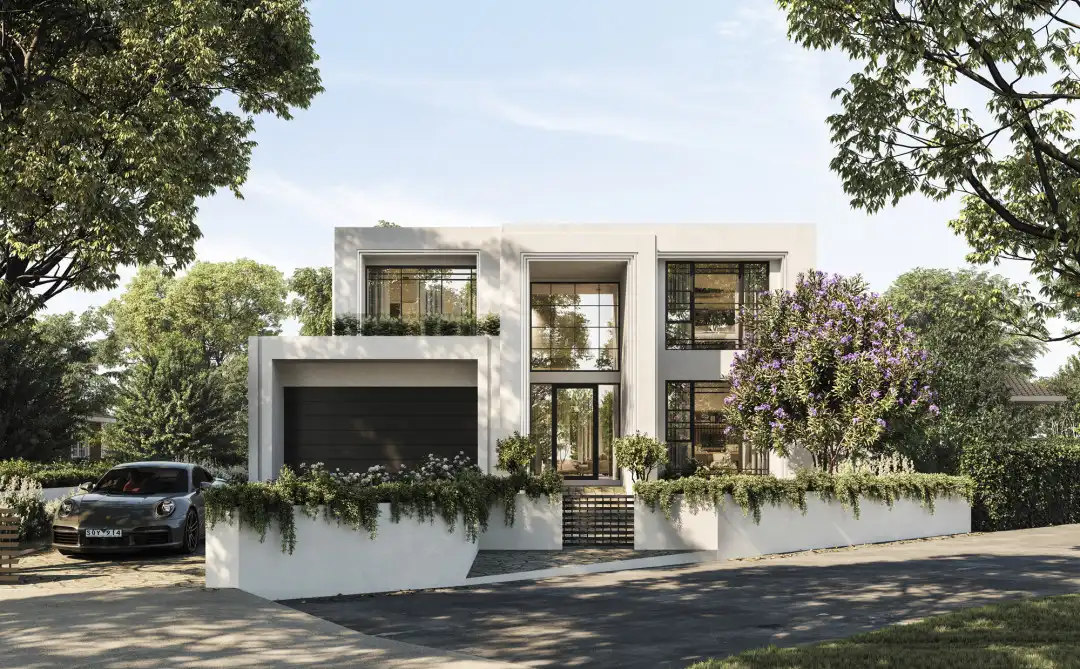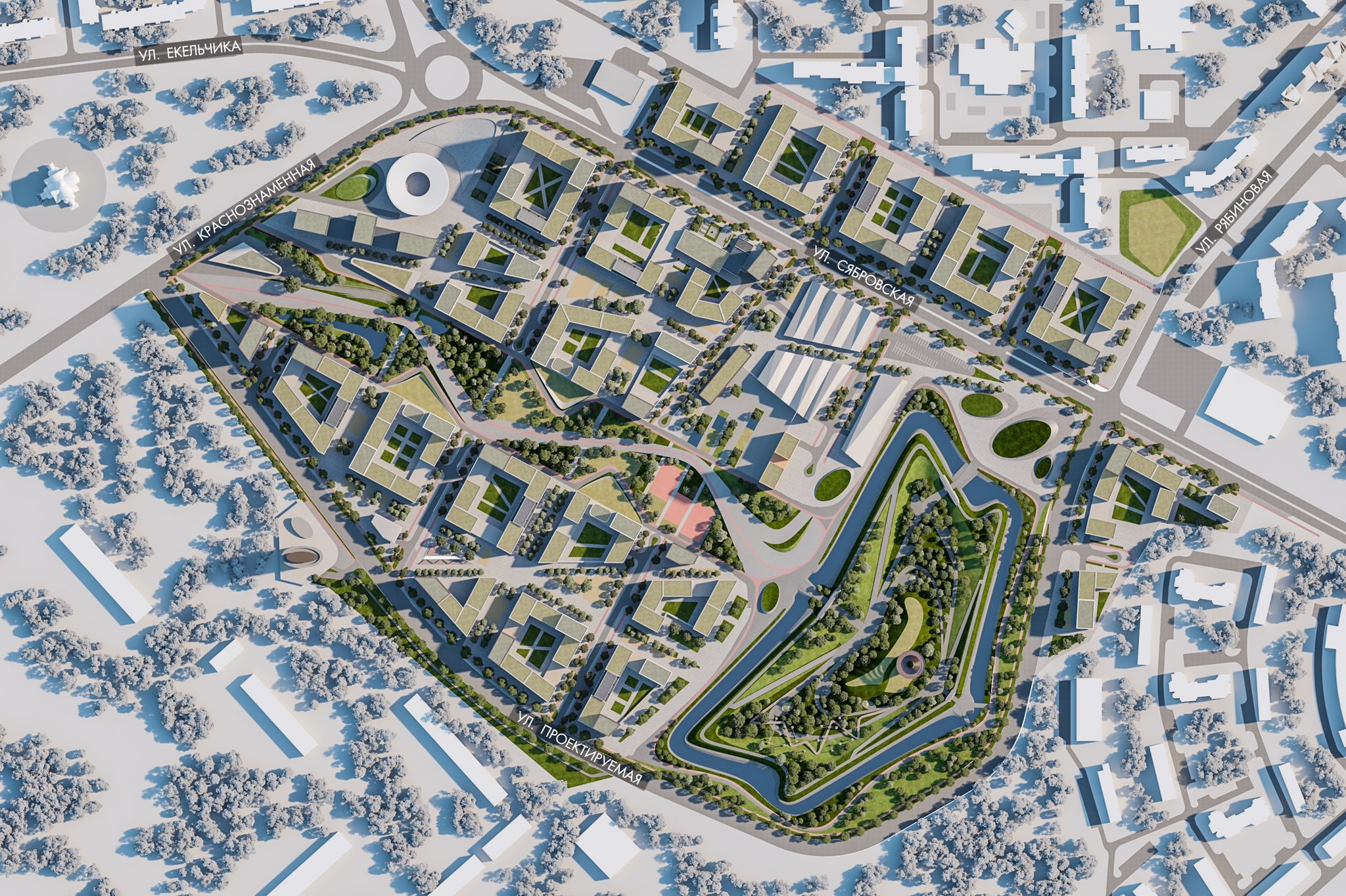What Is V-Ray And Why Is It Popular Among Architects For 3D Rendering?
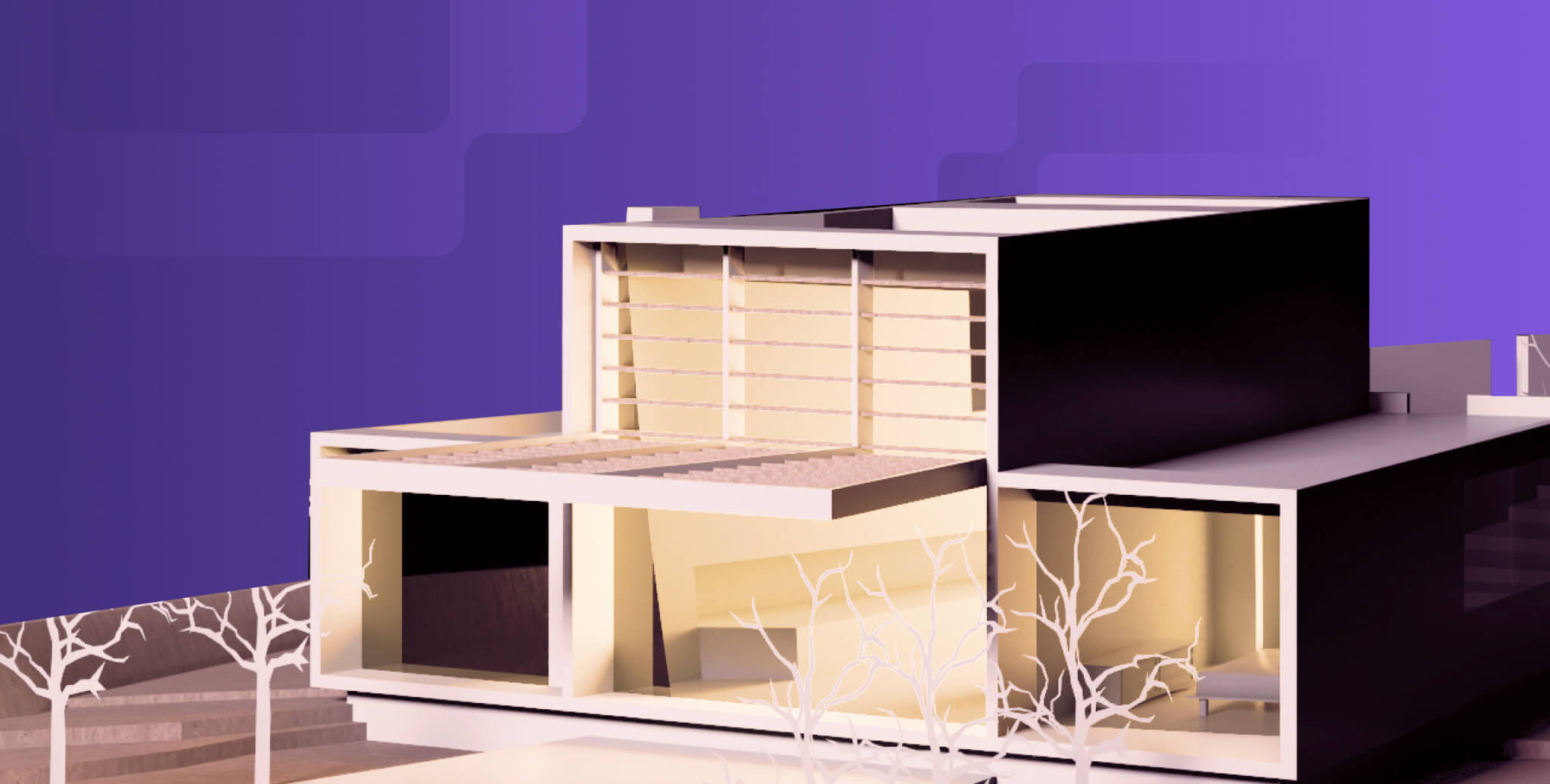
Table of Contents
A popular software among architects, V-ray is a 3D rendering software that seamlessly integrates with various other software such as Revit and Sketchup.
It has an affordable price tag. And comes with a huge library of material along with AI integration that helps produce photo realistic 3D renders. All this while providing immense control to the architect. This makes it a really attractive software.
So read this blog to understand V-ray in depth and how it might be helpful to you.
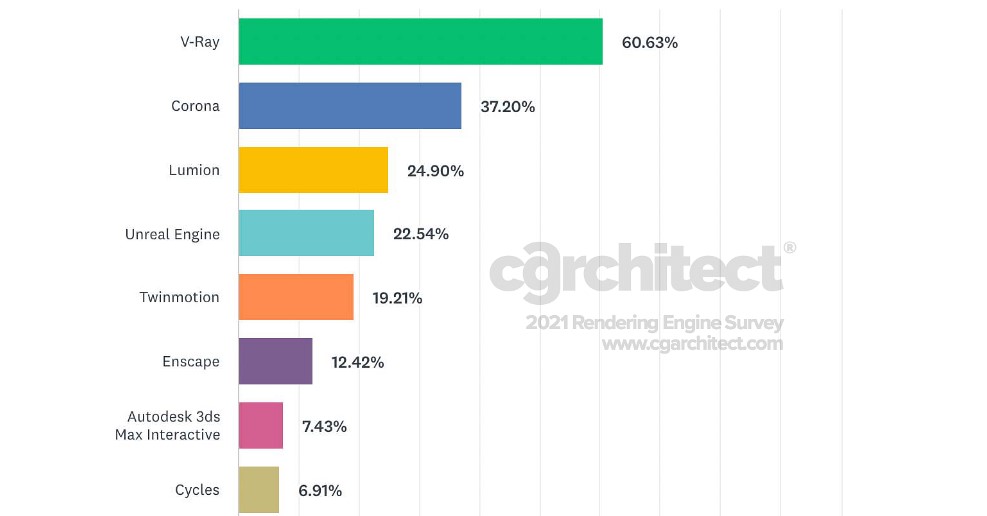
What Is V-Ray?
V-Ray, by Chaos, is a top-notch architectural rendering and visualisation software. It is a tool most architects and architecture graduates are familiar with, thanks to its integration with the Sketchup software. The first version of V-Ray came out in 2000 and it has been updated and improved over the years so that it can now work as a plugin for over 10 kinds of software.
Find out what other rendering engines are available for architects - 5 Best Rendering Software To Master For An Impressive Project Presentation.
What Is V-Ray Suitable For?
V-Ray is suitable for projects of all sizes, even for non-architecture projects. Architectural rendering is not the only rendering capacity V-Ray offers. Designers can also use V-Ray for furniture, product design and even 3D art.
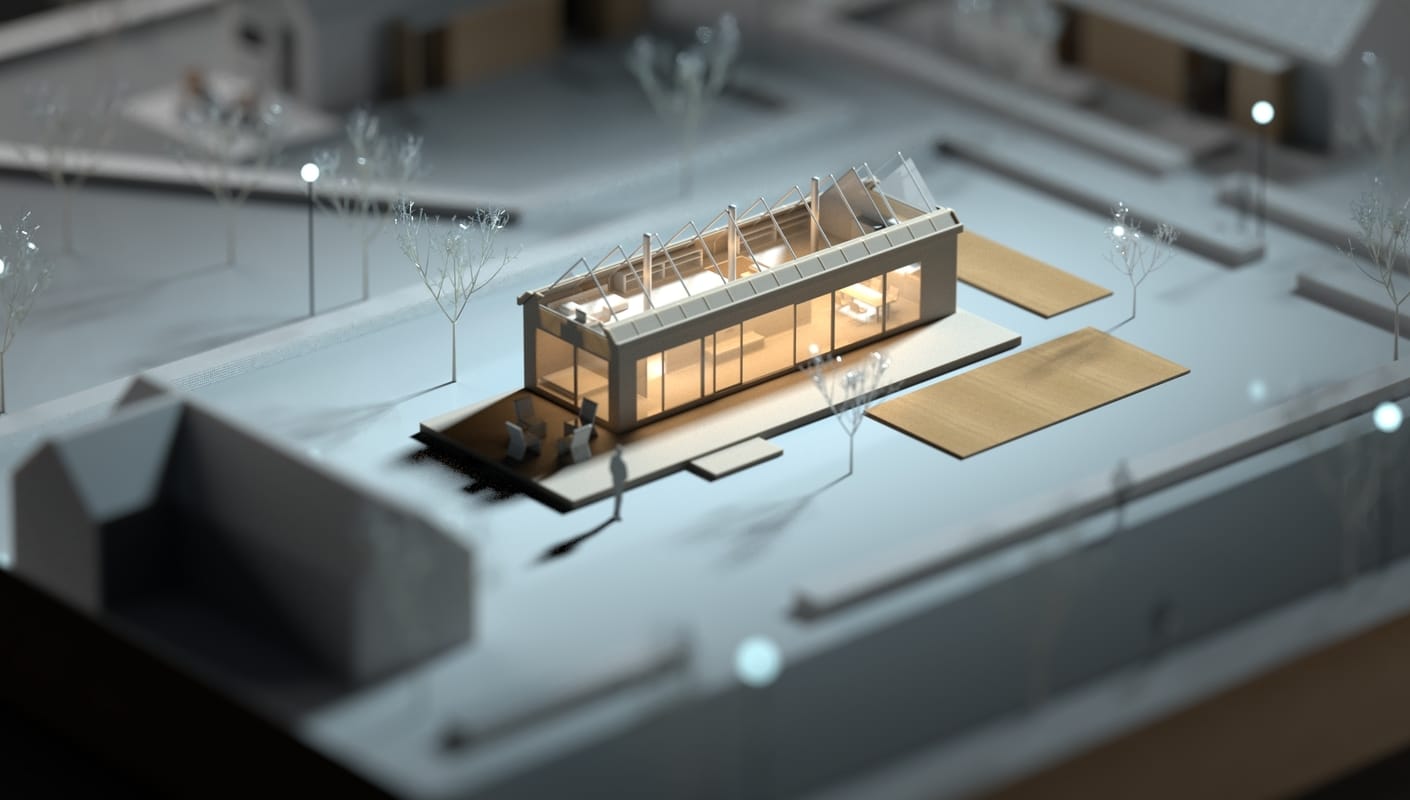
Many might assume final project renders when we say photorealistic rendering, but do you know that we can use V-Ray even for the early renders? At the conceptual design stage, a massing model is all we need to show the surroundings and the constraints. With a little help from V-Ray, you can create stunning and accurate renders using your massing model.
When the design is complete and ready for final presentation (to property owners, clients or even the jury at final review), add some magic with V-Ray to highlight your design ideas with a photorealistic render. It is even possible to create walkthroughs and animations using this software!
Twinmotion is another powerful rendering engine. Find out What Makes Twinmotion the Most Powerful Render Engine on the Market Today.
Benefits of V-ray in 3D Rendering & Visualisation
It is widely used in 3D visualisation due to its excellent and powerful rendering engine that is able to create realistic, flexible and efficient renders. It enables artists and designers to create extremely detailed and hyper-realistic images with the help of advance technology like ray tracing. With a vast material library, V-ray not just boast at its range but also the ease it brings to the workflow.
It is a go to choice for engineers, architects and designers due to it’s seamless integration with Sketchup and Revit. Whether for architectural purpose, product design, or animation, V-Ray provides enhanced and precise control over the texture and lighting making it more than an add-on, an essential.
How Is V-Ray Unique?
What is V-Ray known for? It is considered a relatively easy software to learn and work with. Its intuitive controls and compatibility with so many other software lend extra efficiency to the workflows.

1. Enhance Visualisation With More Tools
Not only can V-Ray integrate with other ‘host’ modelling software, it also has great interoperability with other Chaos tools to further streamline the rendering process. One such software is the Chaos Cosmos, a free asset library of over 650 items, optimised for V-Ray. They include trees, people, and vehicles that can be used in the rendering process for a better sense of scale and realism in the final render output.
Chaos Vantage is another standalone tool that works with V-Ray scenes for real-time ray-traced rendering. In V-Ray for Sketchup, Rhino 3D and Autodesk Revit, V-Ray Vision already comes built in to aid users set the scenes and adjust lights, cameras, and materials instantly.
2. Photo-Realism With Ray Tracing
Ray tracing is a technique to simulate the visibility and colour of a point in a V-Ray scene. The simulation happens in the way light travels to different parts of the space while interacting with any objects along the path. The result is a realistic output with accurate reflections and shadows. In simpler words, it is all about tracing the light rays from one object to another and to and from the light source.
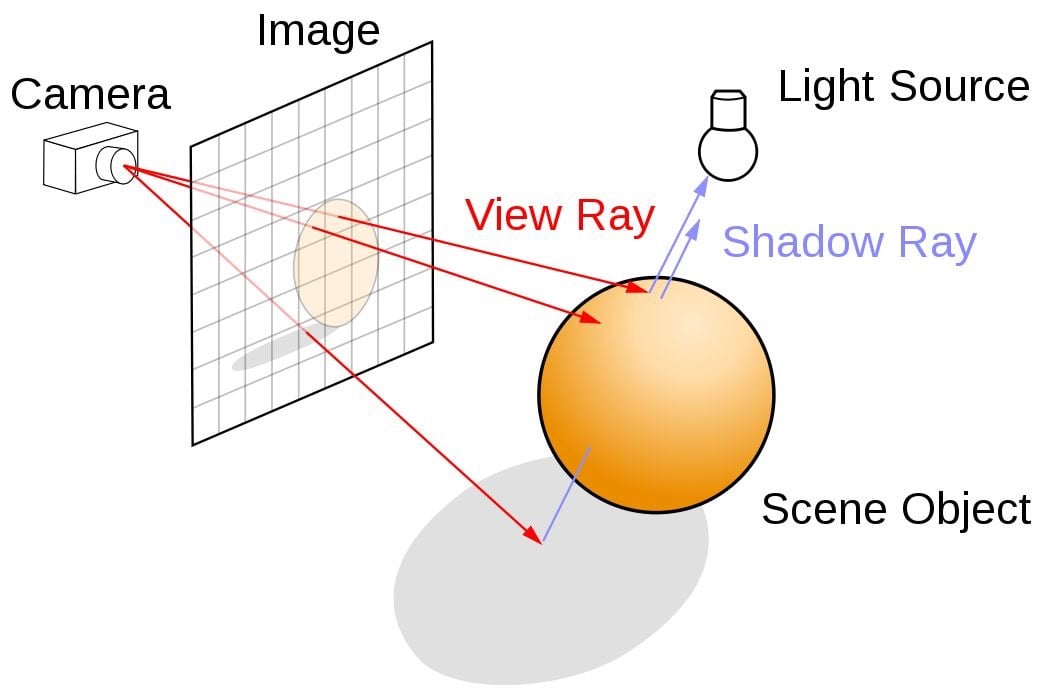
Lighting is an important component in the process to create photorealistic renders, and V-Ray’s ray tracing capabilities bring an advantage to the process.
3. Photo-Realism With Extensive Lighting And Material Libraries
V-Ray provides a massive material library that renders scenes with realistic accuracy. Why is it important? Imagine you have a living room that requires distinct materials. A terrible render will not show the different finishes of the floor, carpets, tables and sofa, and you the architect will be explaining verbally what each finish and the overall product will look like in client meetings. With a good quality render that shows imagery similar to real-life photos, you will have decisions implemented easily and of course, a happy client at the end of the day.
What is V-Ray’s interoperability like?
One of the most important questions to ask before choosing V-Ray – what is V-Ray’s interoperability like? Don’t worry, V-Ray is available as a plugin for most 3D modelling software. Here are a list of ‘host’ software that V-Ray can integrate with:- 3ds Max
- Sketchup
- Maya
- Rhino 3D
- Autodesk Revit
- Unreal
- Cinema 4D
- Houdini
- Blender
Why Should You Use V-Ray?
We already have mentioned a few advantages of using V-Ray above. But, are these aspects enough to convince you that V-Ray is one of the best rendering engines available? Don’t worry, V-Ray will prove to you that it has much to offer beyond the traditional modes of operating.
1. Intuitive and Fast
While it is true that the speed of rendering depends on a number of factors (e.g. CPU/GPU, rendering settings, size of the model and scene etc), V-Ray is known to be comparatively faster than its competitors. This includes quicker render images and animations. With a lower setting (for lower quality images), its speed and overall quality become noticeable. V-Ray is faster, but still able to create images with accurate colour and light, reflecting the materials used.
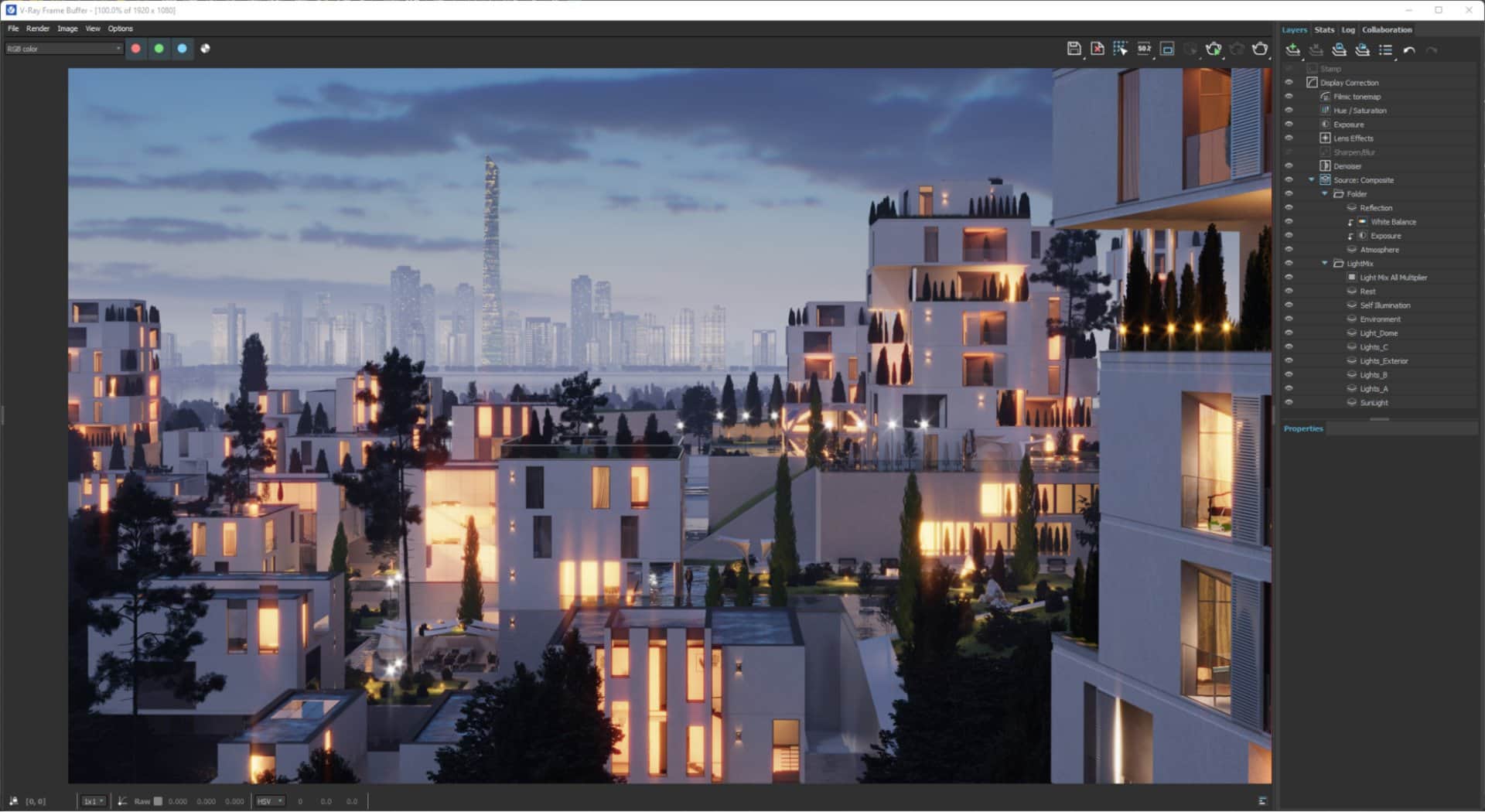
2. Learning Curve
V-Ray has plenty of settings to explore which can make learning harder for a beginner. On the flip side, however, it means plenty of options and render image quality to explore. However, it is not so difficult; once you get the hang of it, you will surely learn to appreciate the software. If you are happy with the easier settings and workflows, then you can go ahead with them and deep dive into all the settings at a later point in time.
3. Plenty Of Resources
V-Ray has a large fanbase and communities with limitless resources of tutorials and courses as well as extra materials and furniture. It does not matter how skilled you are at this software; there is always something to learn about V-Ray from these communities.
4. Licences And Price
V-Ray is available in several licences. Your choice depends on the use and the number of computers (users). The educational licence for students costs USD 149 yearly (or USD 12.42/month). This licence includes all V-Ray integrations and 4 other Chaos tools (Phoenix, Player, Scans and Vantage).
For commercial use, there are three types of licences to choose from. The Solo licence allows V-Ray on one computer for all V-Ray integrations at a price of USD467 yearly. Meanwhile, V-Ray Premium, for USD 695 per annum, is a floating licence for use on any computer. The Premium licence also comes with the Chaos tools, just like in the educational licence.
V-Ray’s Growing Relevance
The growing complexities and competitions in the industry have indirectly necessitated photorealistic renderings for better project presentation. In fact, most rendering engines can now create photorealistic renderings as they are sought after by architects. We have also seen the rise of V-Ray’s popularity (along with Twinmotion and Lumion) among the users to create renders and animations, attesting to the architects’ rising reliance on photorealism.
At a quick glance, V-Ray may not seem all that different from other rendering engines, but it unarguably has a more intuitive interface and settings that aid architects in creating spectacular architectural visualisations.
Conclusion
V-Ray is, without a question, one of the best rendering engines available in the market, and one of the most commonly used in the industry. It is suitable for beginners with plenty of resources and tutorials to learn from. Even if you are not an architect, V-Ray still has a lot of offers for any kind of visualisations and animations. If you truly think V-Ray is for you, stick to it and go down its rabbit hole of render settings. Believe me, you won’t regret it!
V-Ray can be used with both Revit, for BIM workflows, and Rhino 3D, for computational design modelling. Novatr offers BIM Professional Course to master BIM and Applied Computational Design course to master computational design with real world applications, both taught by industry experts from leading AEC firms.
Go to our Resources to learn more about architectural software and workflows.

 Thanks for connecting!
Thanks for connecting!


.png)

.jpg)
